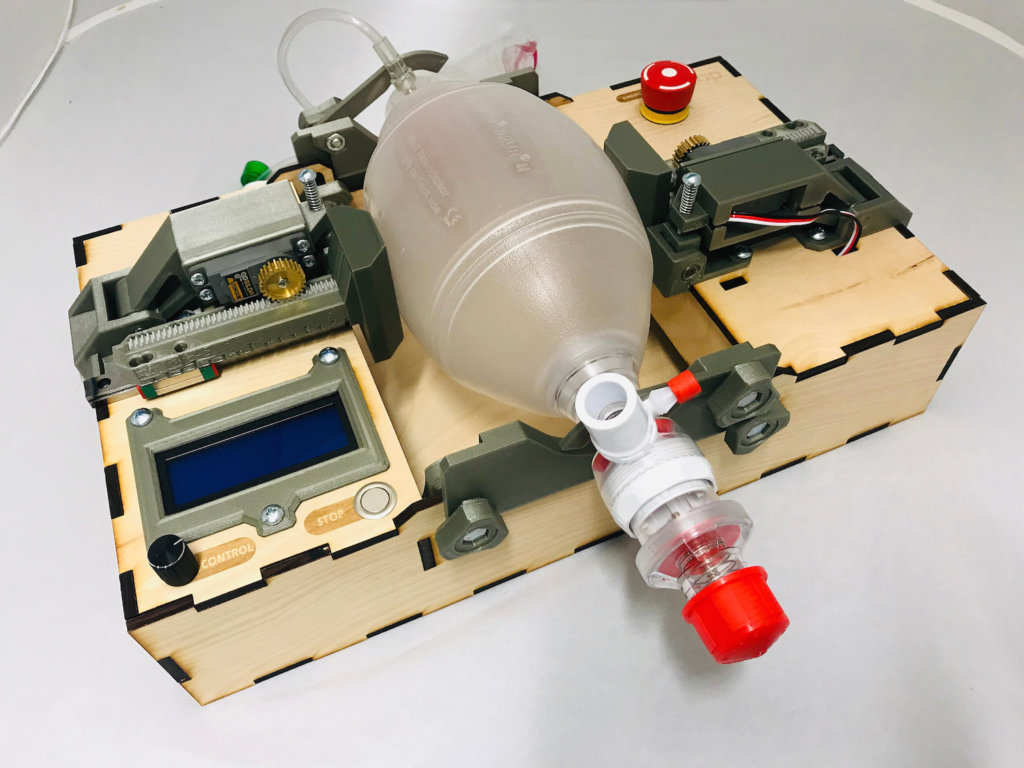Sweden: Amendment Requiring Banks to Provide Access to Cash Services Enters into Force
(Feb. 5, 2021) On January 1, 2021, an amendment to the Swedish Act on Payment Services (Lagen (SFS 2010:751) om betaltjänster) requiring banks to provide access to cash services entered into force.
The amendment stipulates as follows:
1 § Such credit institutions and branches of foreign credit institutions that supply customers with payment accounts that include basic functions must provide services that make it possible to withdraw cash from these accounts (places for cash withdrawal) to an adequate extent throughout the country.
Such credit institutions and branches of foreign credit institutions that supply businesses with payment accounts that include basic functions must provide services that make it possible to deposit cash into these accounts (places for daily cash deposits) to an adequate extent throughout the country.
The first and second paragraphs apply only to institutions and branches that on July 1 of the preceding year had more than 70 billion kroner [about US$8.4 billion] in deposits from the public.
Under Swedish law, cash is legal tender and the Swedish government must accept it. (5 kap. 1 § Lagen om Sveriges riksbank (SFS 1988:1385).) However, as established by the Swedish Supreme Administrative Court in 2015, businesses and shops are not required to accept cash because the refusal to accept cash or credit cards is within the contractual freedom between businesses and consumers, whereas government entities must accept cash.
In passing the amendment to the Act on Payment Services, the Swedish government and Parliament found that because cash is legal tender, the government also has the duty to ensure that people have “reasonable access” (rimlig tillgång) to cash throughout the country.
As determined in the legislative history of the law, “reasonable access” throughout the country means that
[n]o more than 0.3 percent of the population (about 30,000 persons in 2017) shall have farther than 25 kilometers [about 15.5 miles] to a place for cash withdrawal and no more than 1.22 percent of the population (about 122,000 persons in 2017) shall have farther than 25 kilometers to the closest place for daily cash deposits to their bank account. (Prop. 2019/20:23 Bilaga 1.)
Internationally Sweden has a comparatively low circulation of cash, with only 1.2% of gross domestic product (GDP) in cash in 2018, placing it “at the lowest level of comparable countries.” The government estimates that 0.23% of the population had more than 25 kilometers (km) to the nearest cash service in 2017. According to the same report, the only region where no inhabitant had more than 20 km to the nearest cash service was in Skåne, Sweden’s southernmost region. 0.17% of the population had more than 30 km to the nearest cash service provider. A clear majority of persons with more than 30 km or 40 km to the nearest provider were living in the northern regions of Sweden. 90% of all persons with more than 40 km to the nearest cash service live in the northernmost regions of Jämtland, Norrbotten, and Västerbotten.
Banks or international branches that violate the requirement to provide deposit and withdrawal services are subject to monetary sanctions. The amount of the sanction will consist of the total number of persons affected, to the nearest thousand, who do not have access to deposit or withdrawal services, times the level of deposits from the public to the bank as measured in relation to the total deposits from the public in Sweden, times 5,000 Swedish kroner (about US$600), but must not exceed 10% of the institution’s (or the group’s) total revenue or 5 million euros (about US$6 million). (9 kap. 7–8 §§.)
msdogfood@hotmail.com
